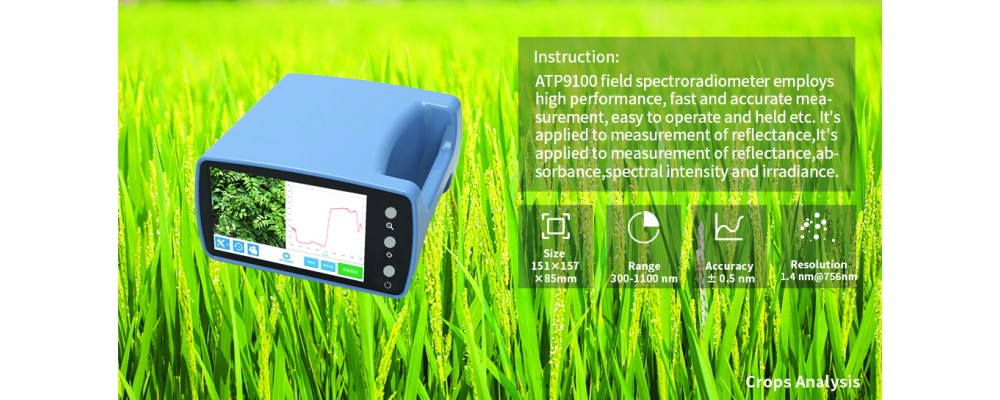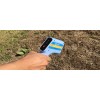Application of Fieldspectrum in Agriculture
Many remote sensing applications serve the agricultural sector, which faces huge problems in reducing environmental impact and increasing productivity in the context of global challenges. Agricultural remote sensing usually involves reflector measurements of visible light, near infrared and mid infrared spectra.
Many remote sensing applications serve the agricultural sector, which faces huge problems in reducing environmental impact and increasing productivity in the context of global challenges. Agricultural remote sensing usually involves reflector measurements of visible light, near infrared and mid infrared spectra.
The techniques for detecting plant diseases in remote sensing observations were improved by using leaf and canopy scale spectral data. Among them, visible light and near infrared are the sensitive bands of disease development, and the measured spectrum can be used for early detection of fungi, and the optimized nDVI can be used to identify various plant diseases.
The product of Optosky-ATP9100 field spectrum was used for hyperspectral data acquisition, spectral output, data processing and analysis, etc.
Spectral data at different scales, including leaves, canopy and landscape, are widely used to improve classification accuracy. In recent years, in order to detect different vegetation diseases, researchers have studied various vegetation spectral index Vnil-NIR. The effective use of spectral data in plant disease detection depends on its application. The spectral regions of 400 -- 700 nm and 700 -- 1100 nm are mainly affected by pigment composition, structure and water content. The effects of diseases on pigment and structure of plants will cause changes in plant spectra. Therefore, spectral and remote sensing technologies can effectively detect plant diseases. Some exponents can be obtained from the reflectivity values of several wavelengths and have definite physical meanings. These indices can detect and quantify leaf content substances such as chlorophyll, anthocyanins and water.



















Comments: 0
No comments